Driving at night is a common yet challenging task that many of us face. The darkness, coupled with weather conditions like fog and rain, can significantly reduce visibility and increase the risk of accidents. However, the advent of car thermal night vision systems has revolutionized night-time driving, offering a range of benefits that extend beyond the obvious. In this article, we'll delve into seven lesser-known advantages of car thermal night vision, highlighting how this technology can transform your driving experience.
1. Enhanced Night Visibility
The most immediate benefit of thermal night vision is the enhanced visibility it provides. Unlike conventional headlights, thermal imaging can cut through darkness, offering a clear view of the road ahead. The Automotive AI Night Vision Master, for instance, uses a high-sensitivity core and "Razor X" ultra-clear image algorithm to detect cyclists, deer, and other obstacles up to 300 meters away, issuing warnings in just 0.1 seconds.
2. Improved Safety in Adverse Weather
Weather conditions such as fog, rain, and snow can drastically reduce visibility, but thermal night vision systems are designed to operate effectively in these challenging environments. They can see through fog, haze, and even heavy rain, ensuring you maintain a clear view of the road and react promptly to any potential hazards.
3. Detection of Hidden Hazards
Thermal imaging technology doesn't just detect large obstacles; it can also identify smaller, hidden hazards such as animals or pedestrians on the side of the road. The AI {Det} Life Collision Warning system uses a neural network to rapidly identify and highlight these real targets, making safety warning distance judgments based on vehicle speed.
4. Eco-Friendly Driving
Thermal night vision systems contribute to eco-friendly driving by improving visibility and safety. By helping drivers maintain optimal driving conditions, these systems can potentially reduce the likelihood of accidents and associated fuel waste. Additionally, the efficient thermal imaging technology consumes less power, making it a greener choice for environmentally conscious drivers.
5. Advanced AI Collision Warning
Modern thermal night vision systems come equipped with advanced AI algorithms that can predict and warn of potential collisions. The NV300 model, for example, uses a 4 TOPS AI algorithm to identify pedestrians, cyclists, and animals over 100 meters away, providing precise alerts for potential hazards and significantly reducing the risk of accidents.
6. Easy Installation and Use
One of the lesser-known benefits of car thermal night vision systems is their ease of installation and use. Models like the NV300 are designed for quick setup, often requiring minimal technical knowledge. This user-friendly approach ensures that drivers can focus on the road rather than wrestling with complicated installation processes.
7. Real-Time Video Streaming and Storage
Thermal night vision systems offer more than just in-car visibility; they can also provide real-time video streaming and storage. The NV300 supports TF card video storage, allowing drivers to record and store their journeys. This feature is not only useful for reviewing incidents but also for sharing your infrared journey with friends or insurance companies.
Thermal night vision systems are more than just a luxury; they're a necessity for anyone who spends a significant amount of time driving at night. From enhanced visibility to eco-friendly operation, these systems offer a range of benefits that make them an invaluable addition to any vehicle. As technology continues to advance, it's likely we'll see even more innovative features and improvements in the world of thermal night vision.
FAQ Section
Why is thermal night vision important for driving safety?
Thermal night vision systems provide unparalleled visibility in low-light and adverse weather conditions, allowing drivers to detect potential hazards up to 300 meters ahead and react in time to avoid accidents.
How does thermal imaging technology work in different weather conditions?
Thermal imaging can see through darkness, fog, haze, and smoke, ensuring clear visibility even when the human eye is obstructed.
What are the benefits of AI collision warning systems in thermal night vision?
AI collision warning systems use advanced algorithms to identify potential collisions and provide real-time alerts, significantly improving driver reaction times and reducing the risk of accidents.


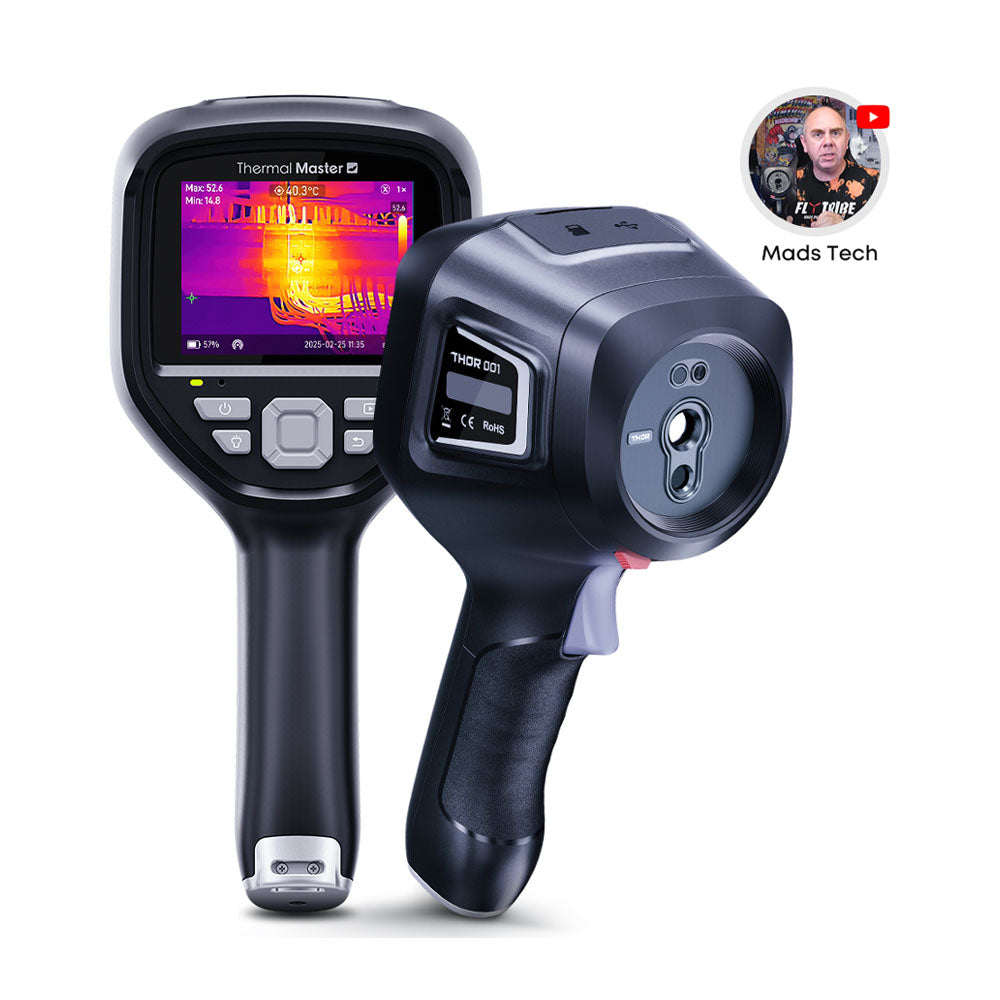

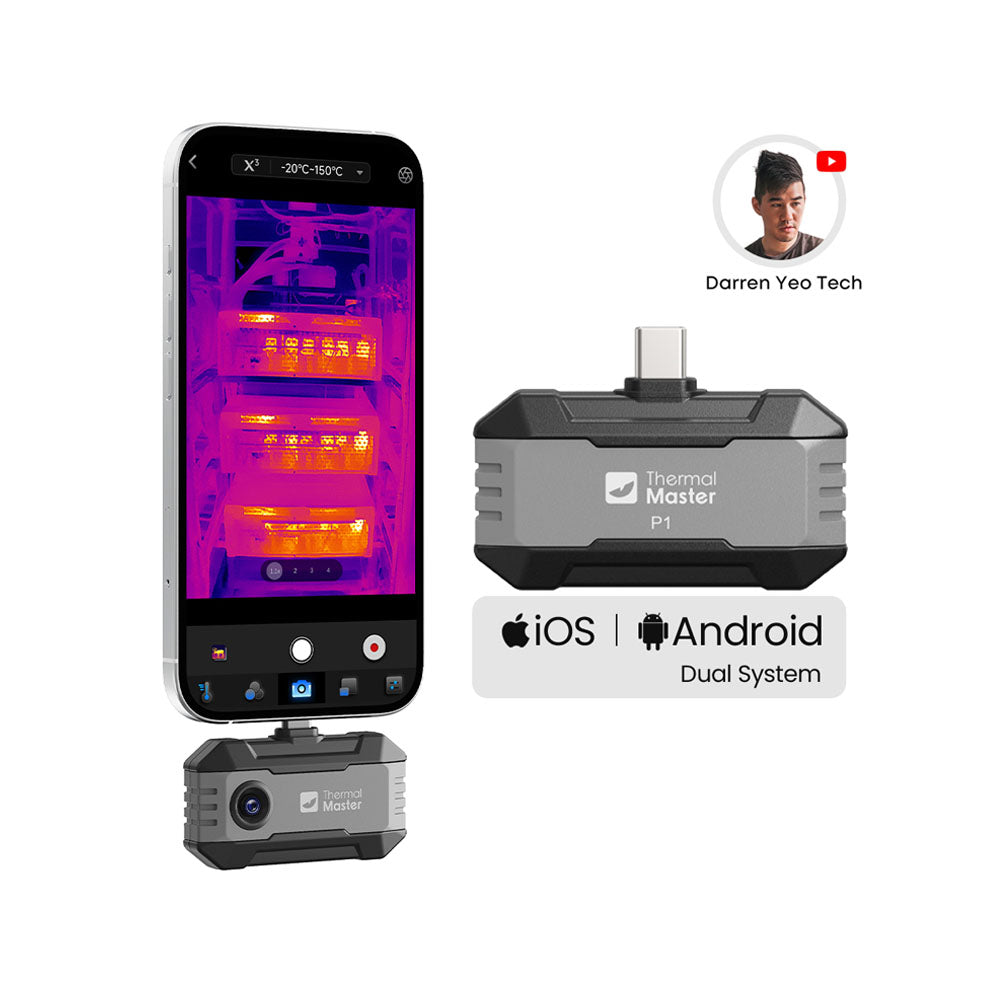
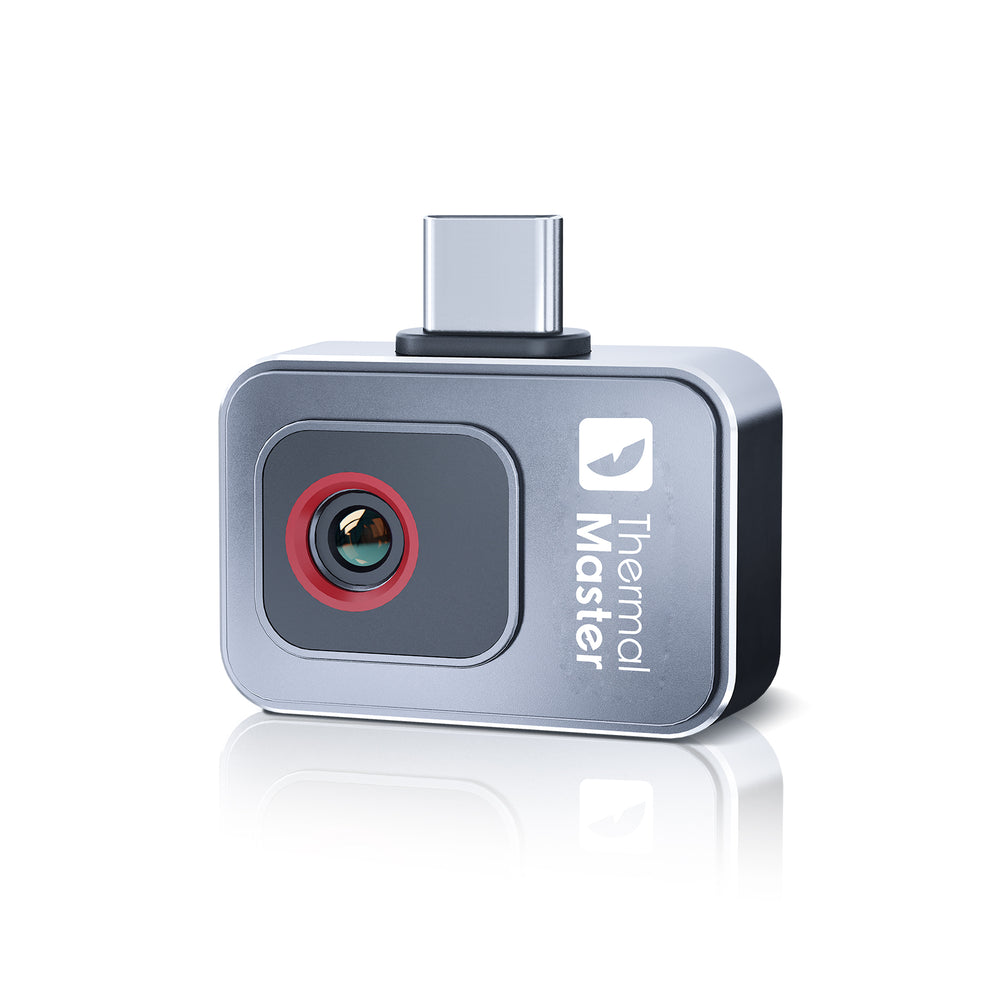
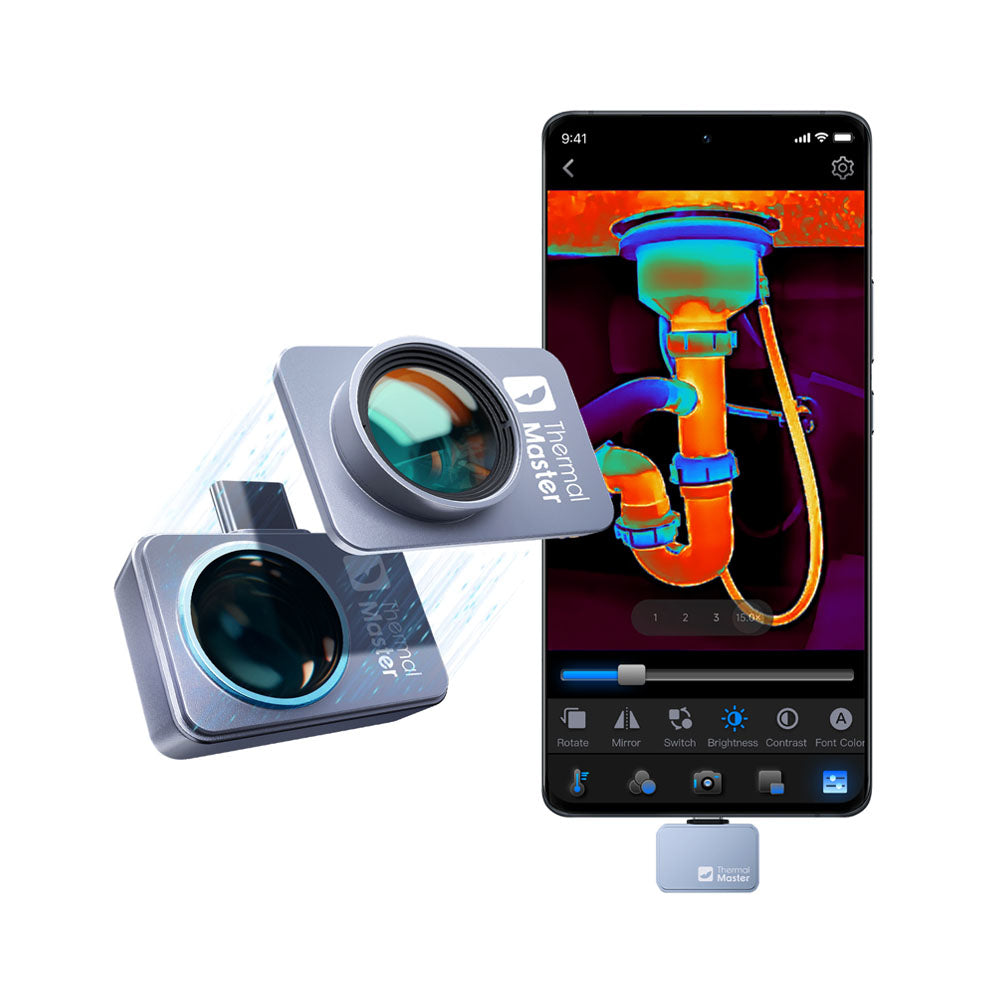

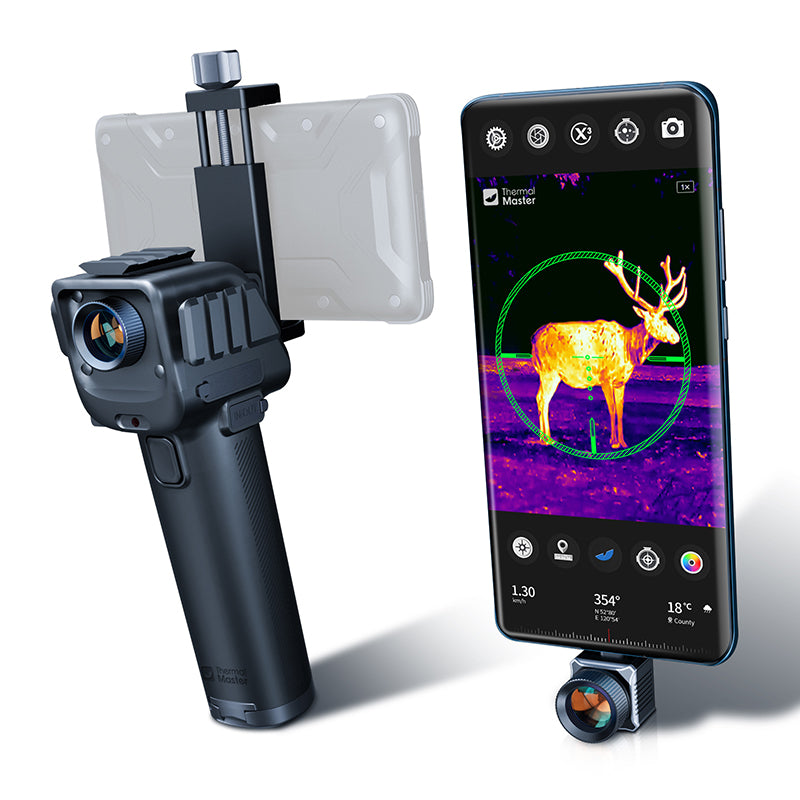
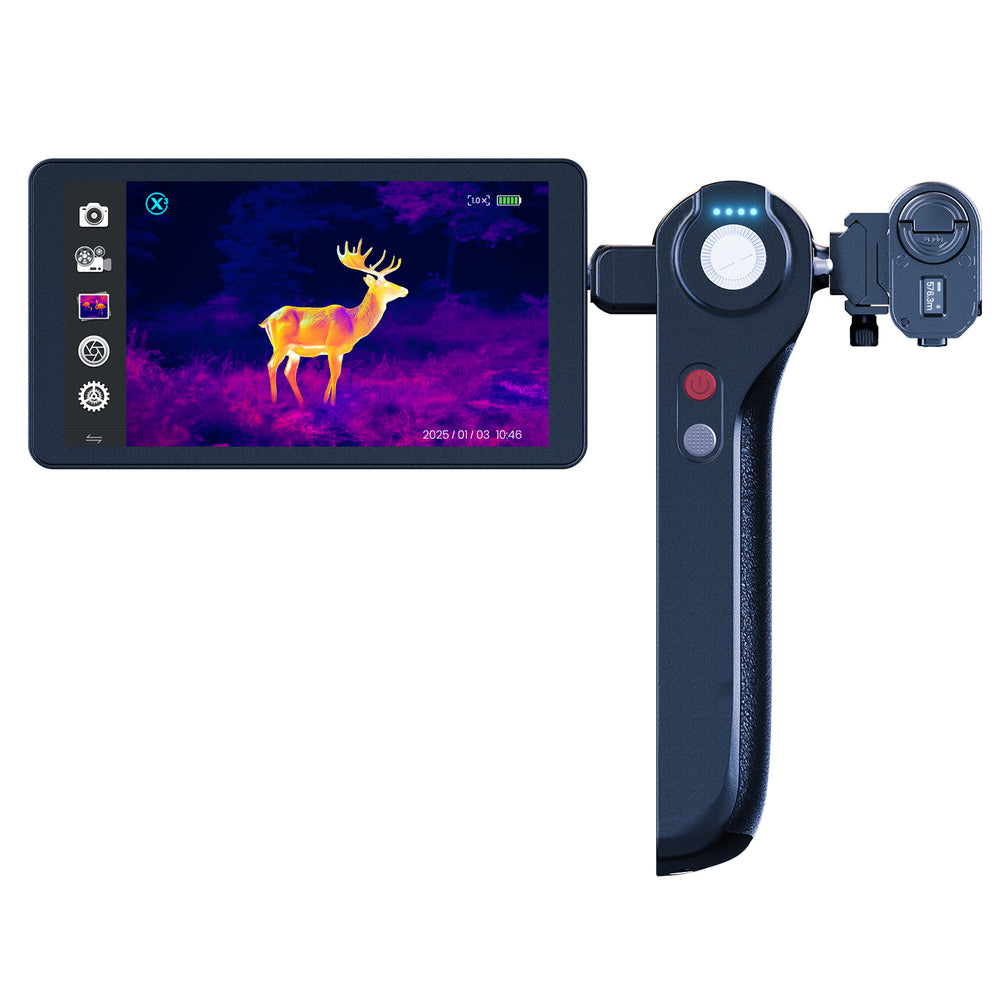
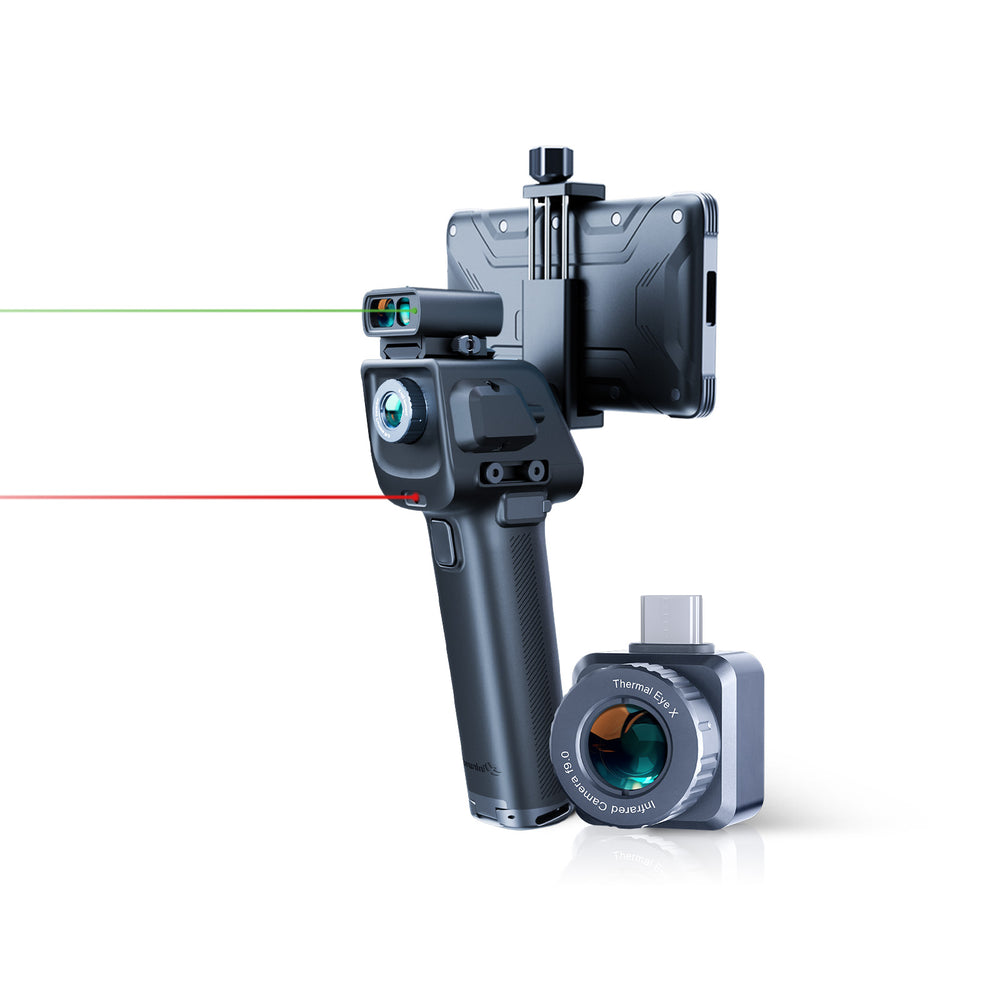
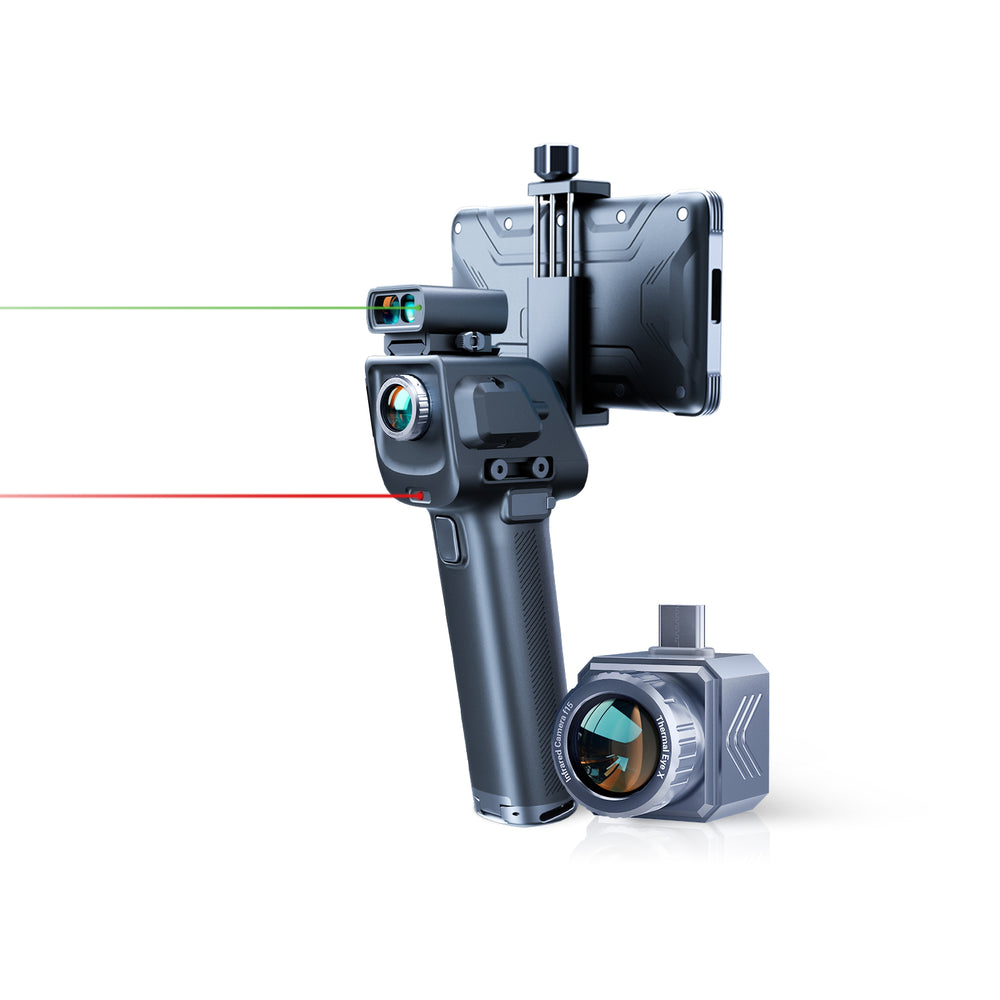
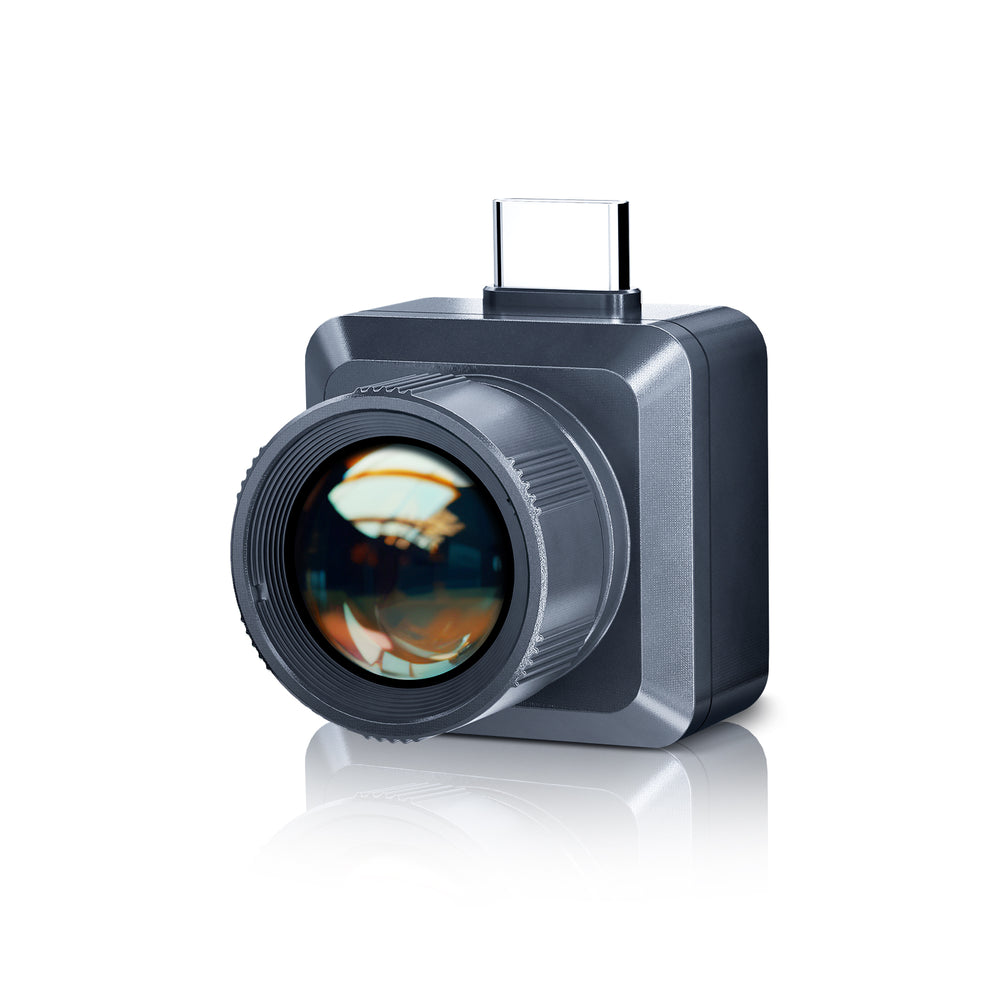
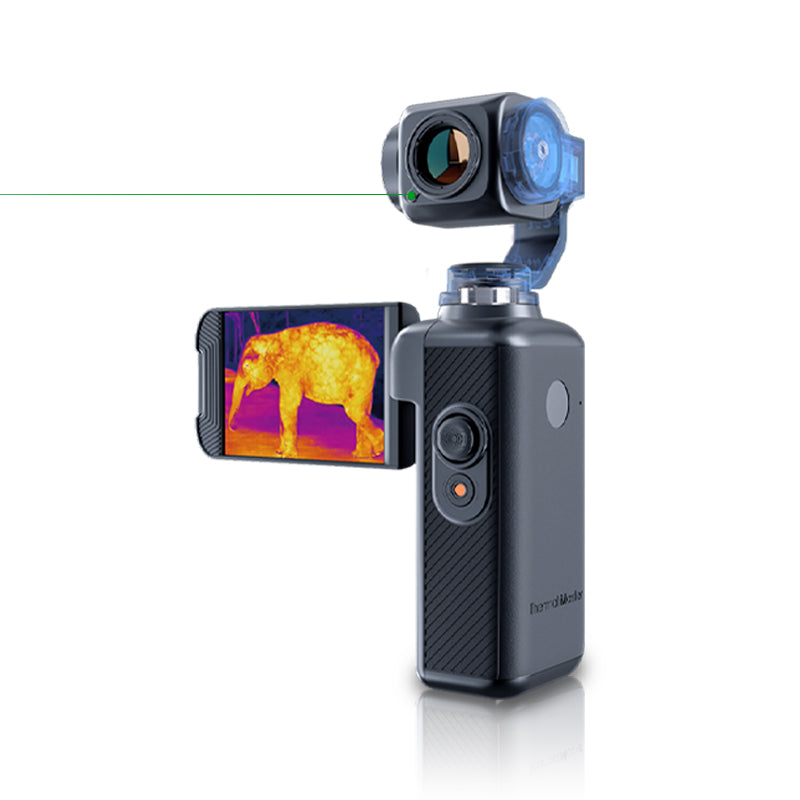
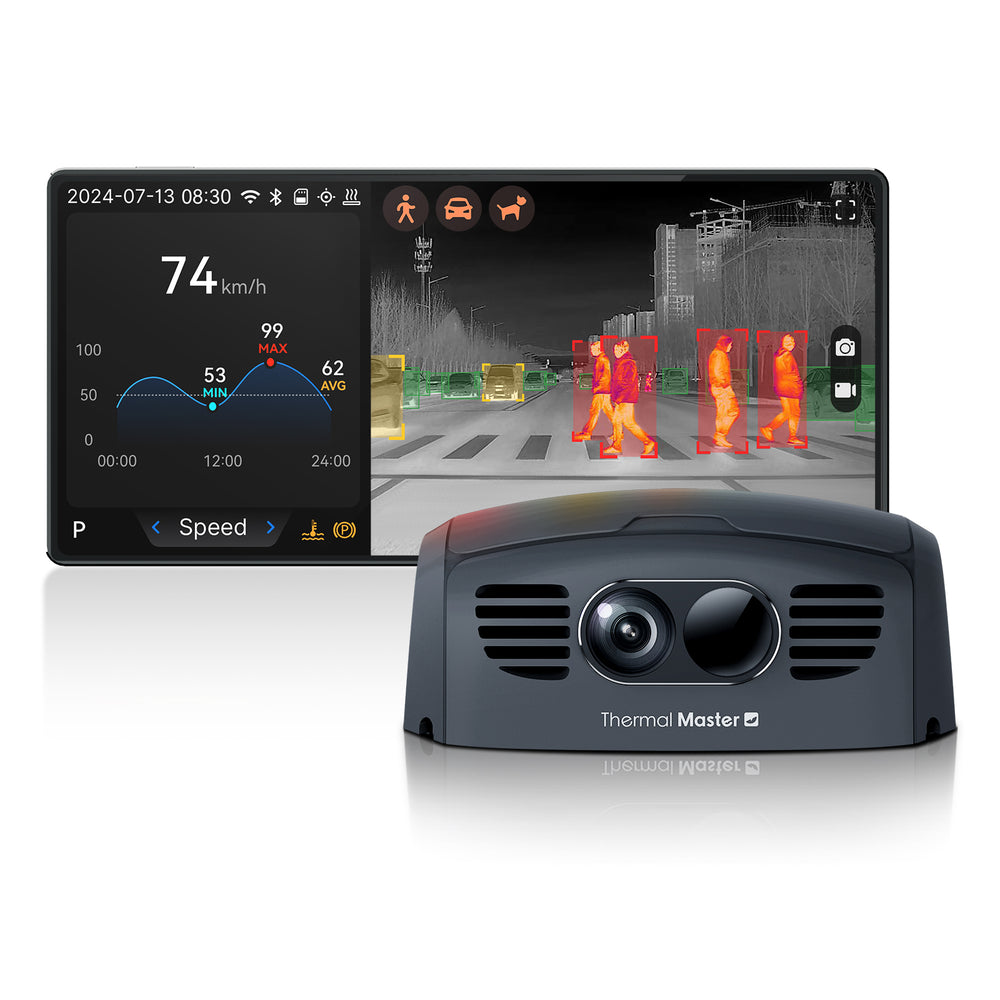
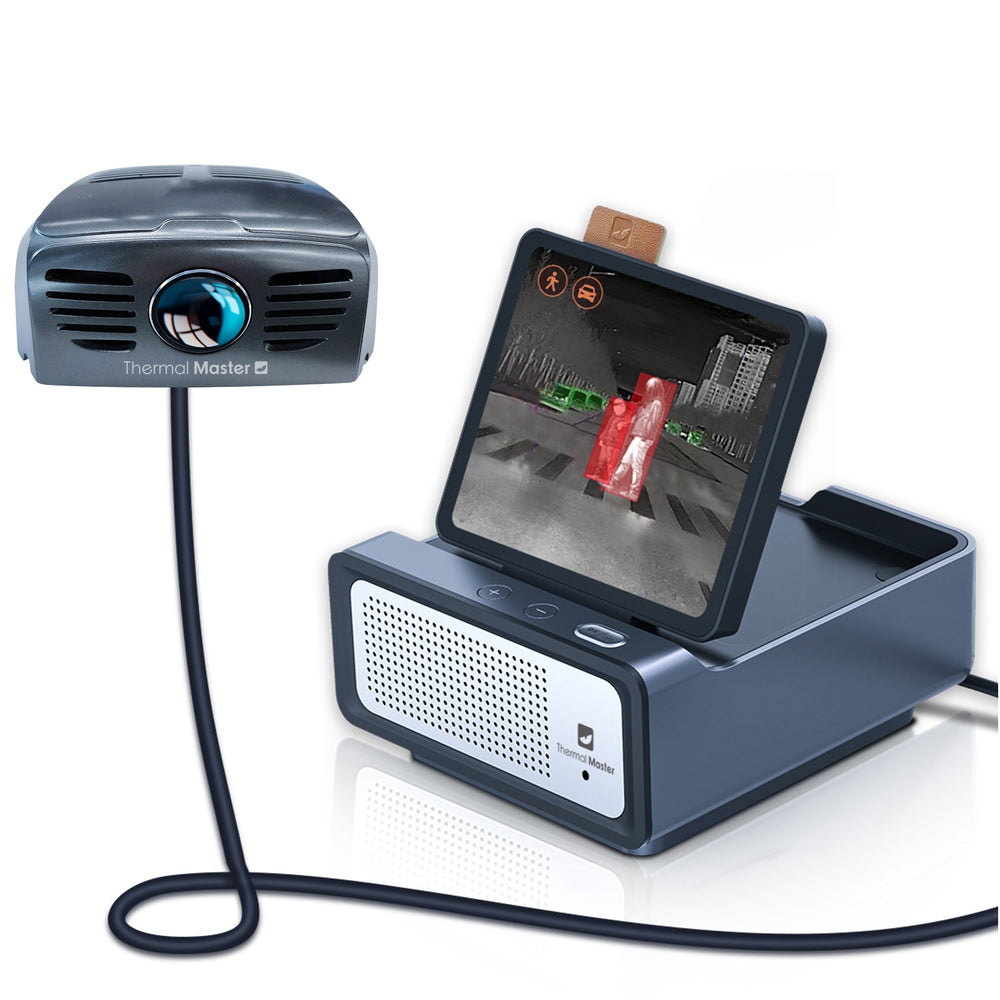
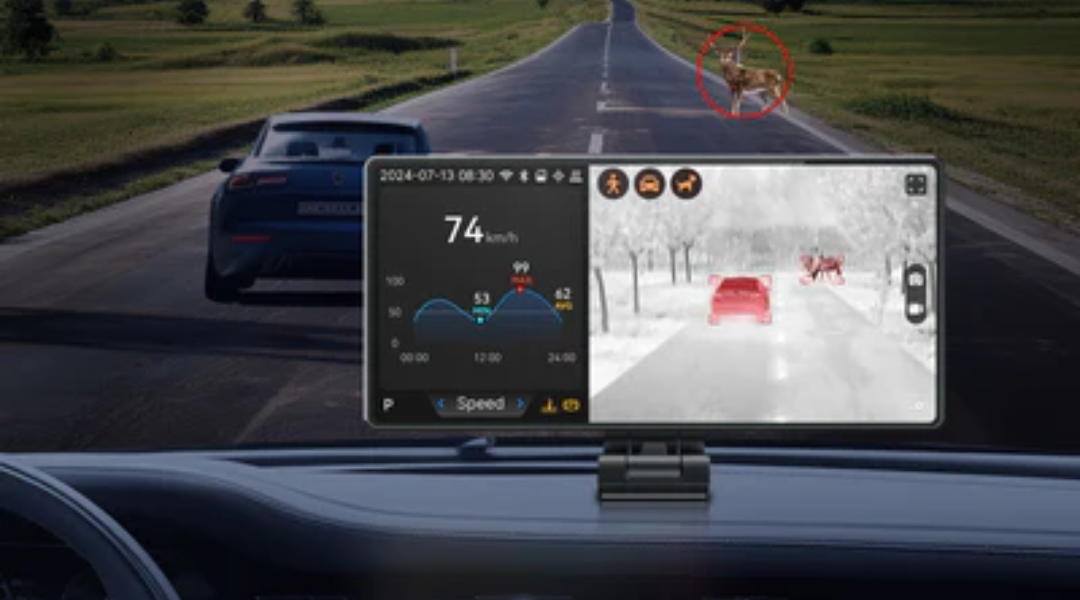
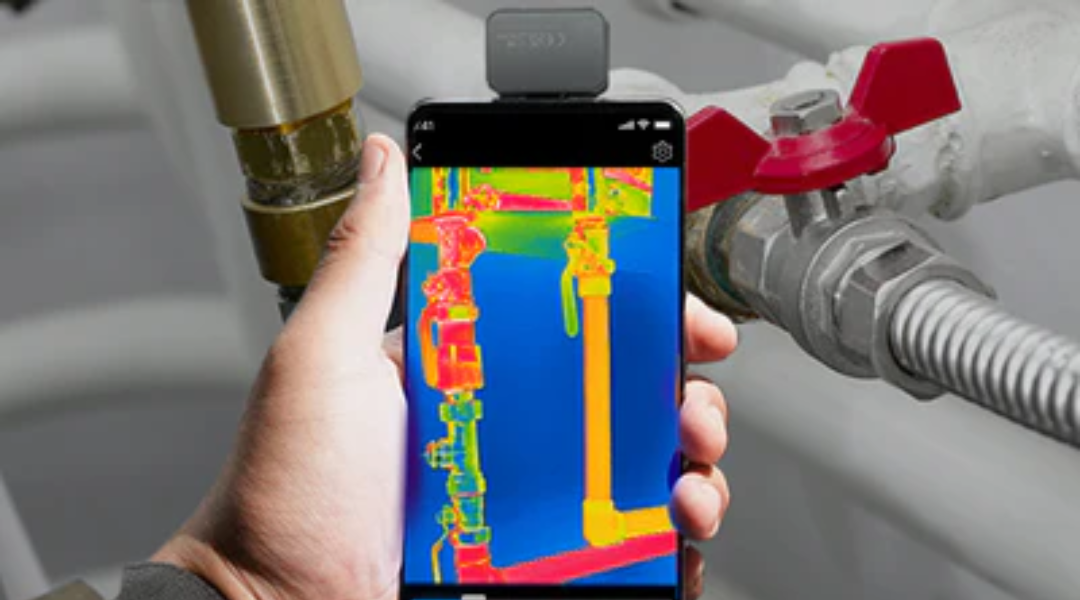
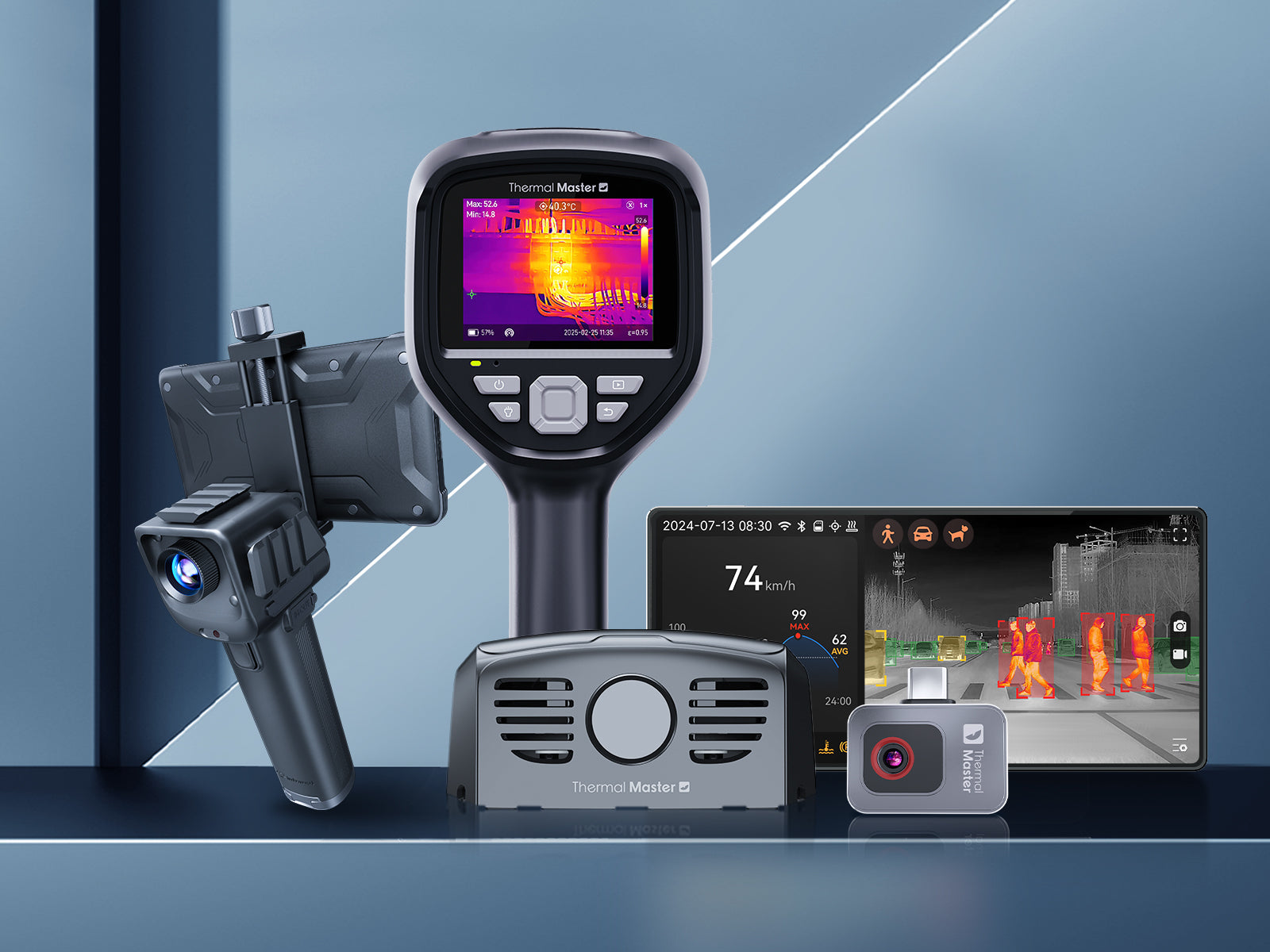
Leave a comment
All comments are moderated before being published.
This site is protected by hCaptcha and the hCaptcha Privacy Policy and Terms of Service apply.